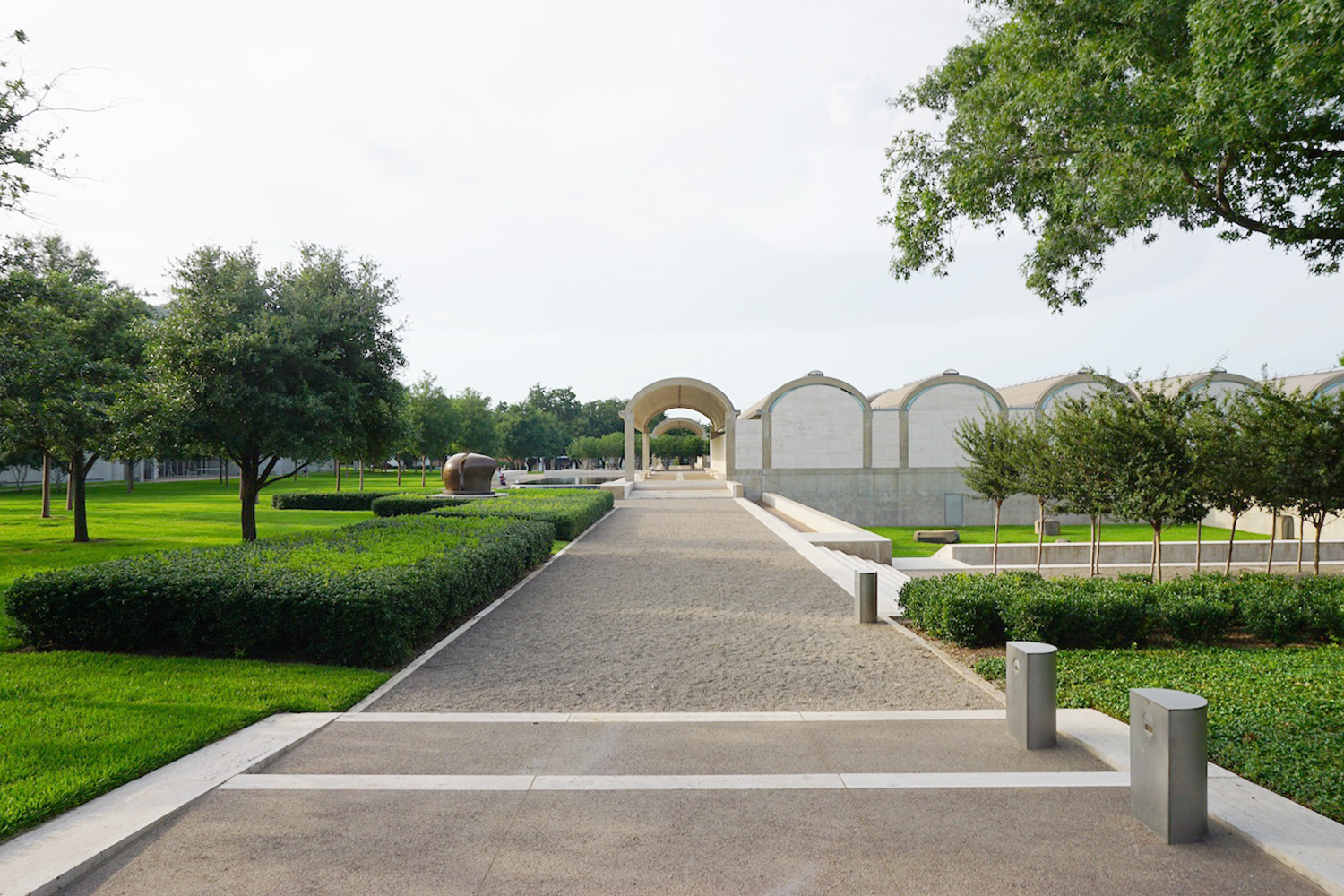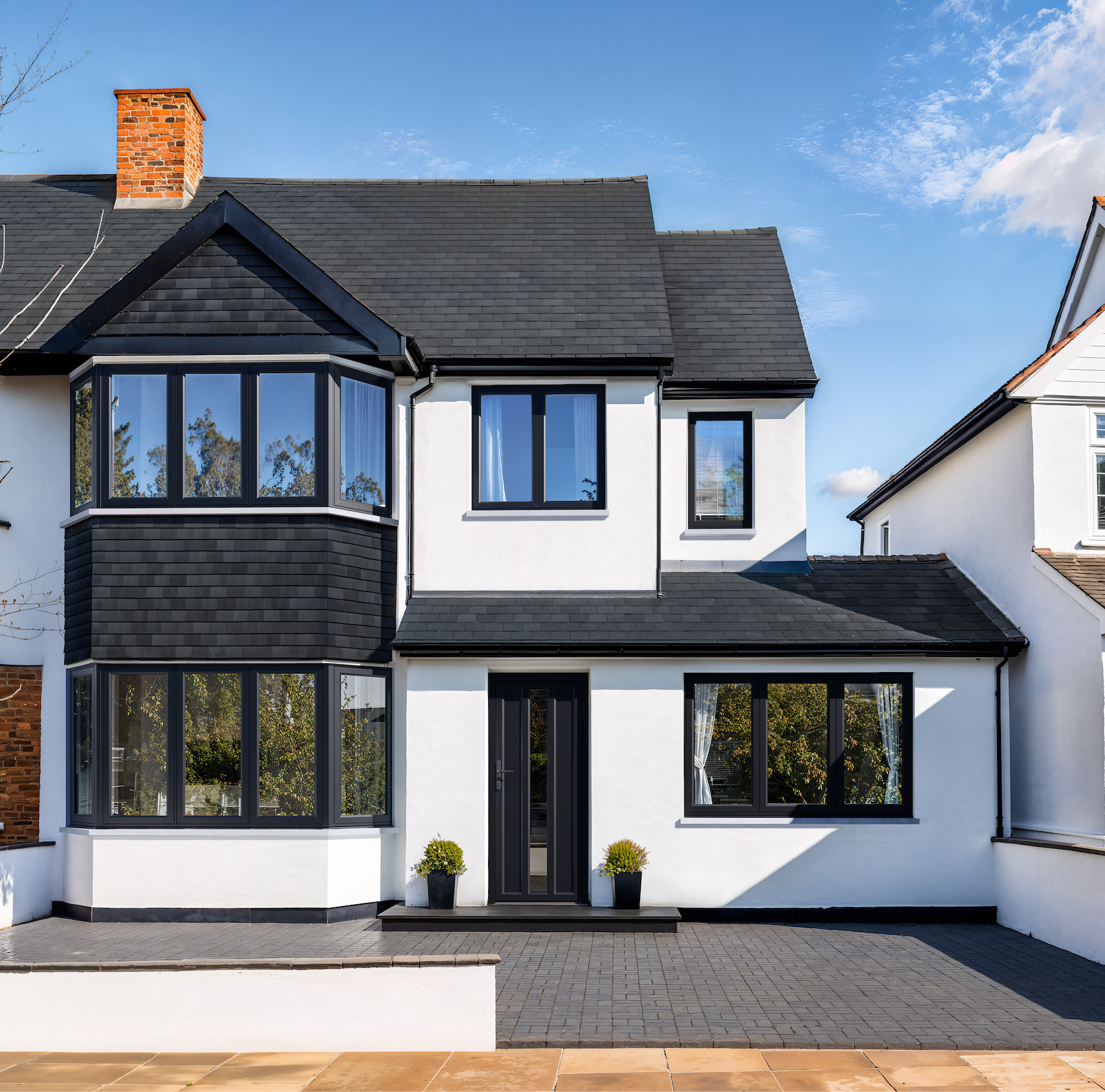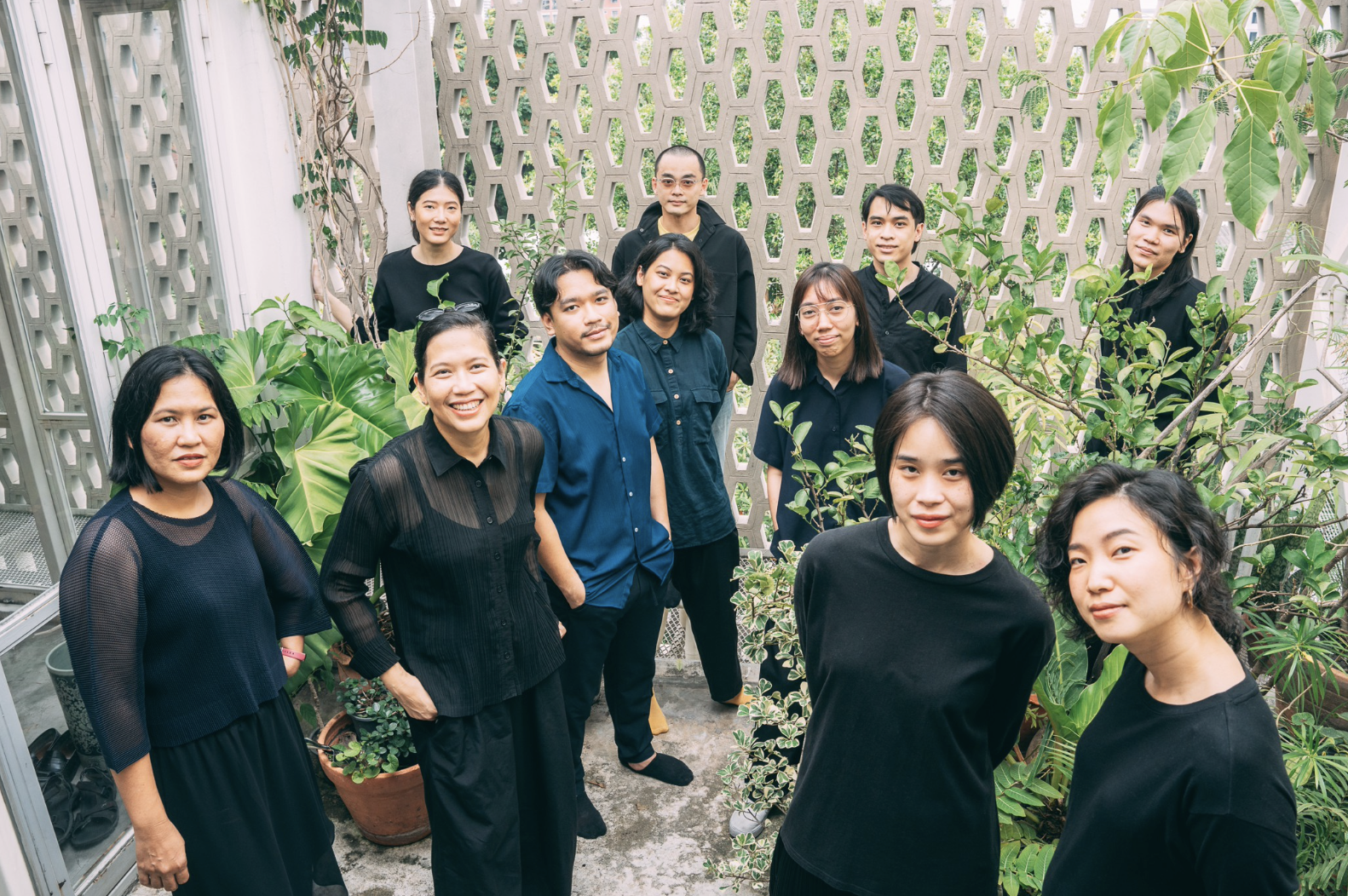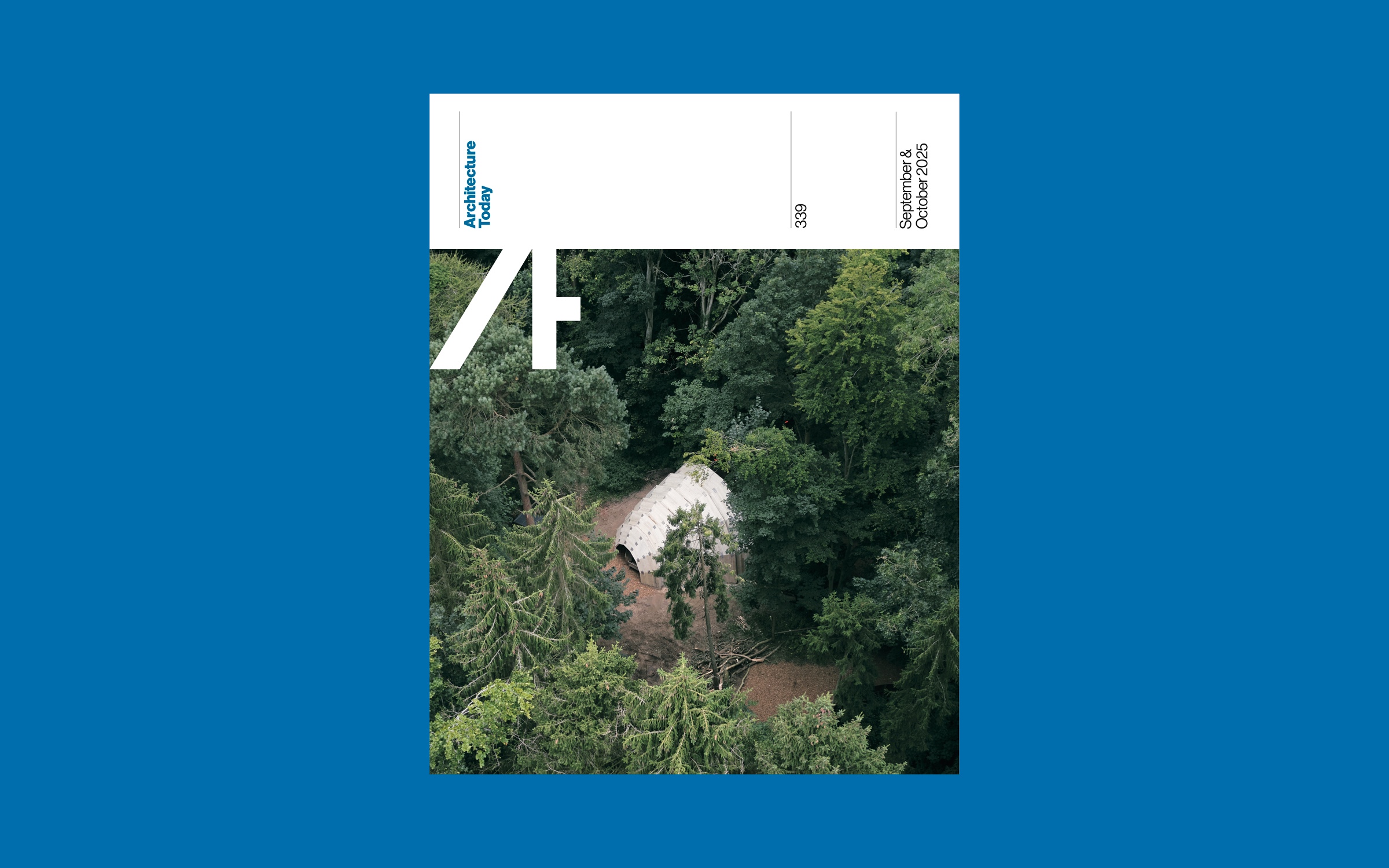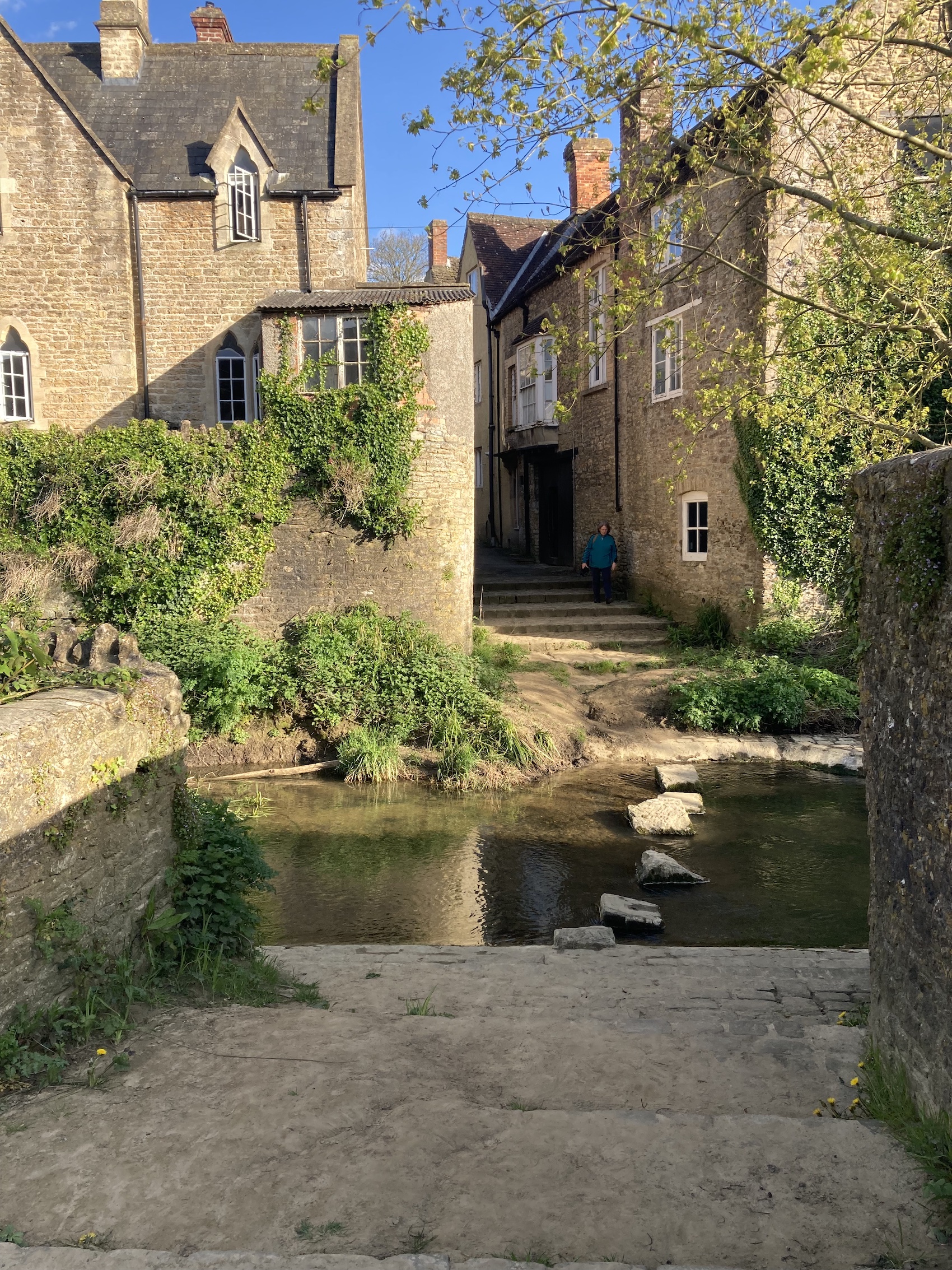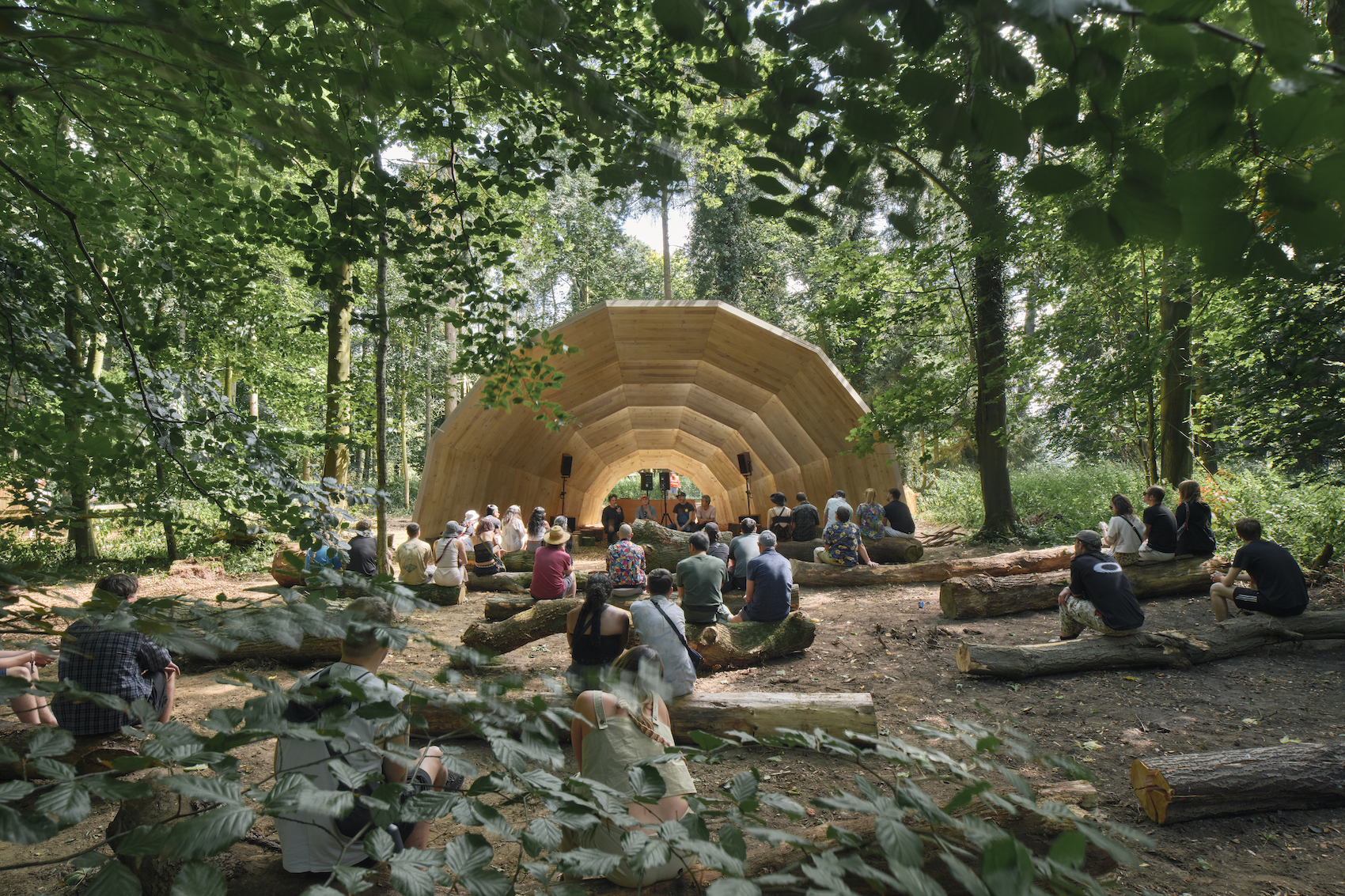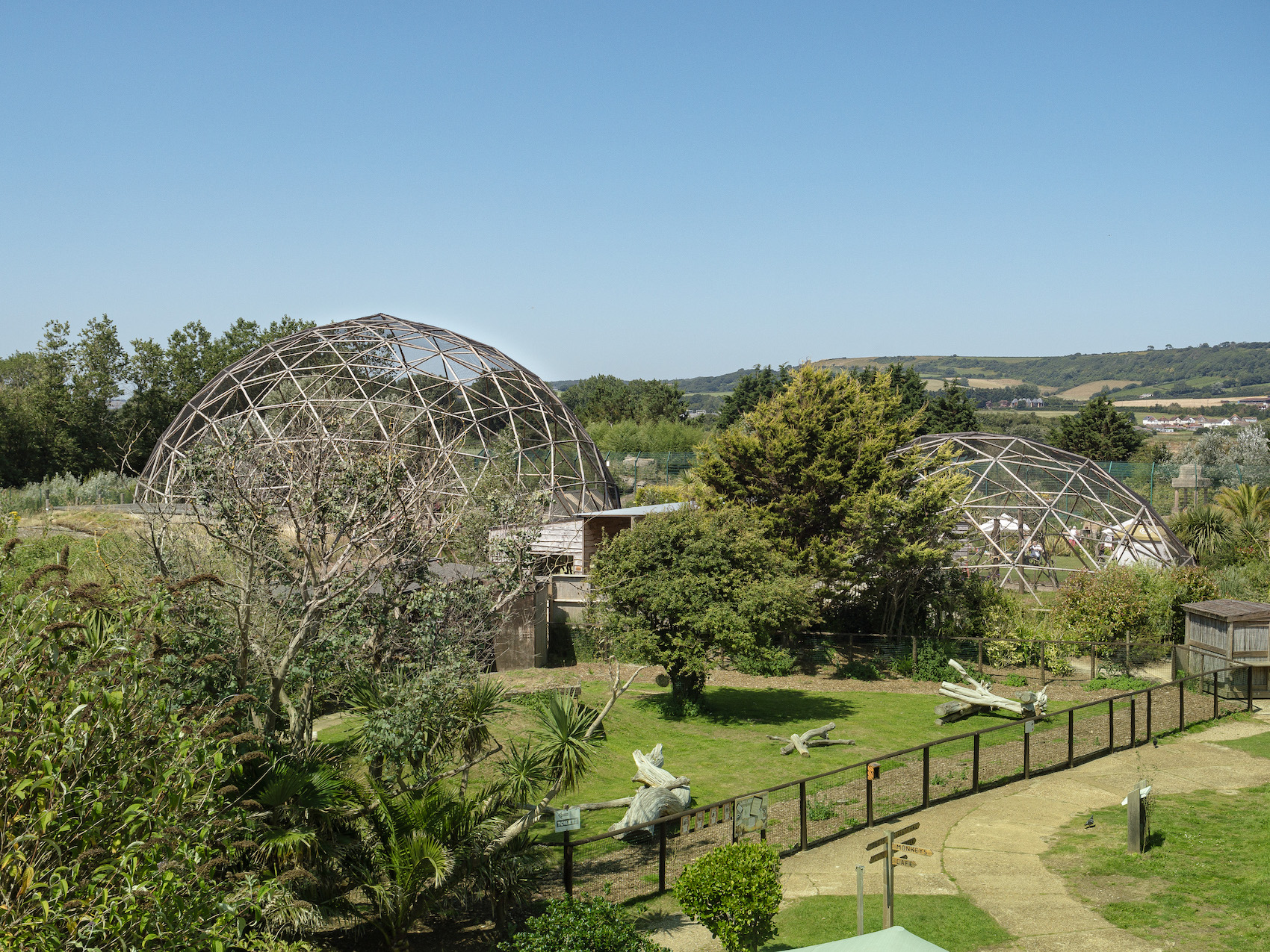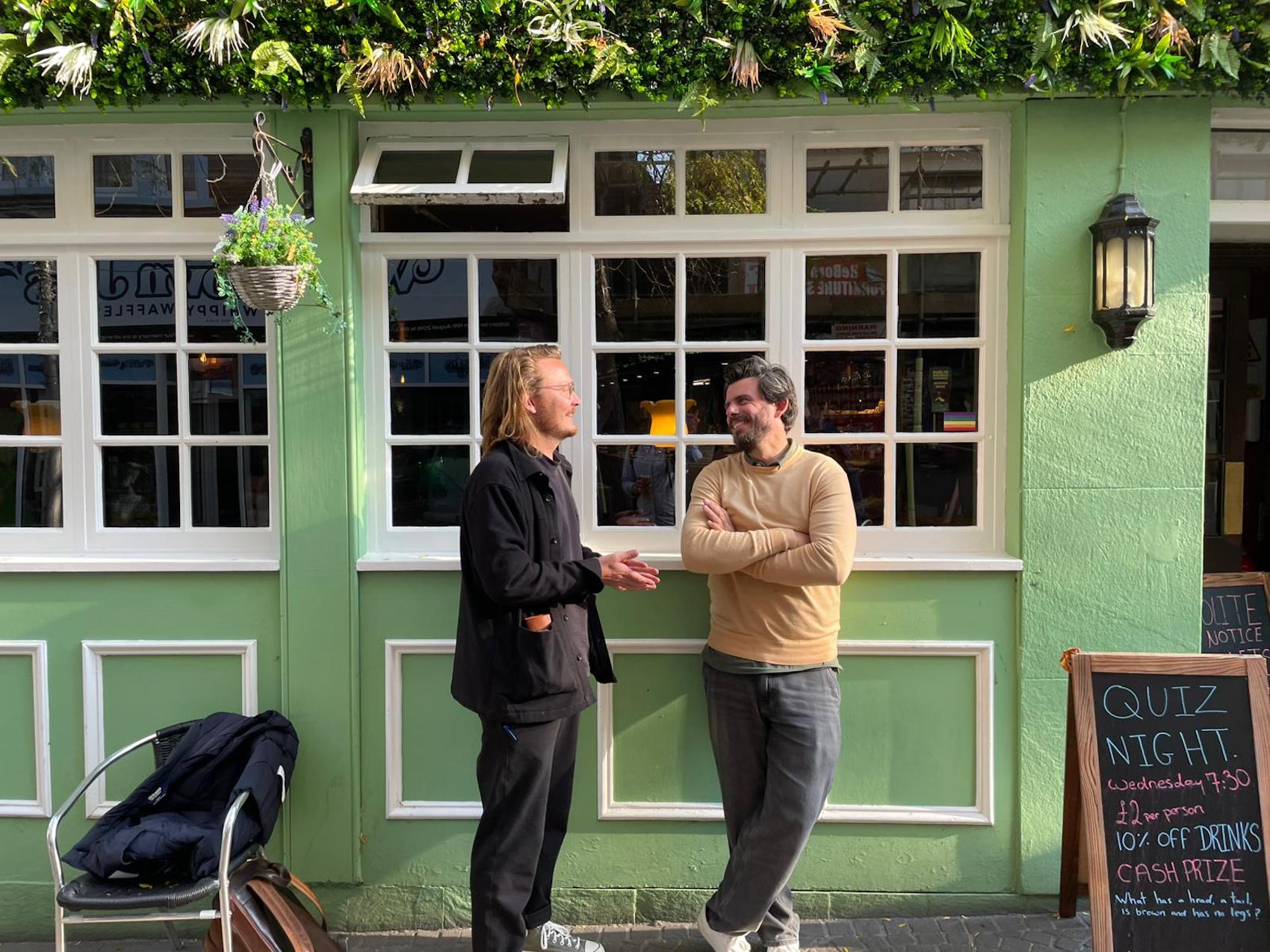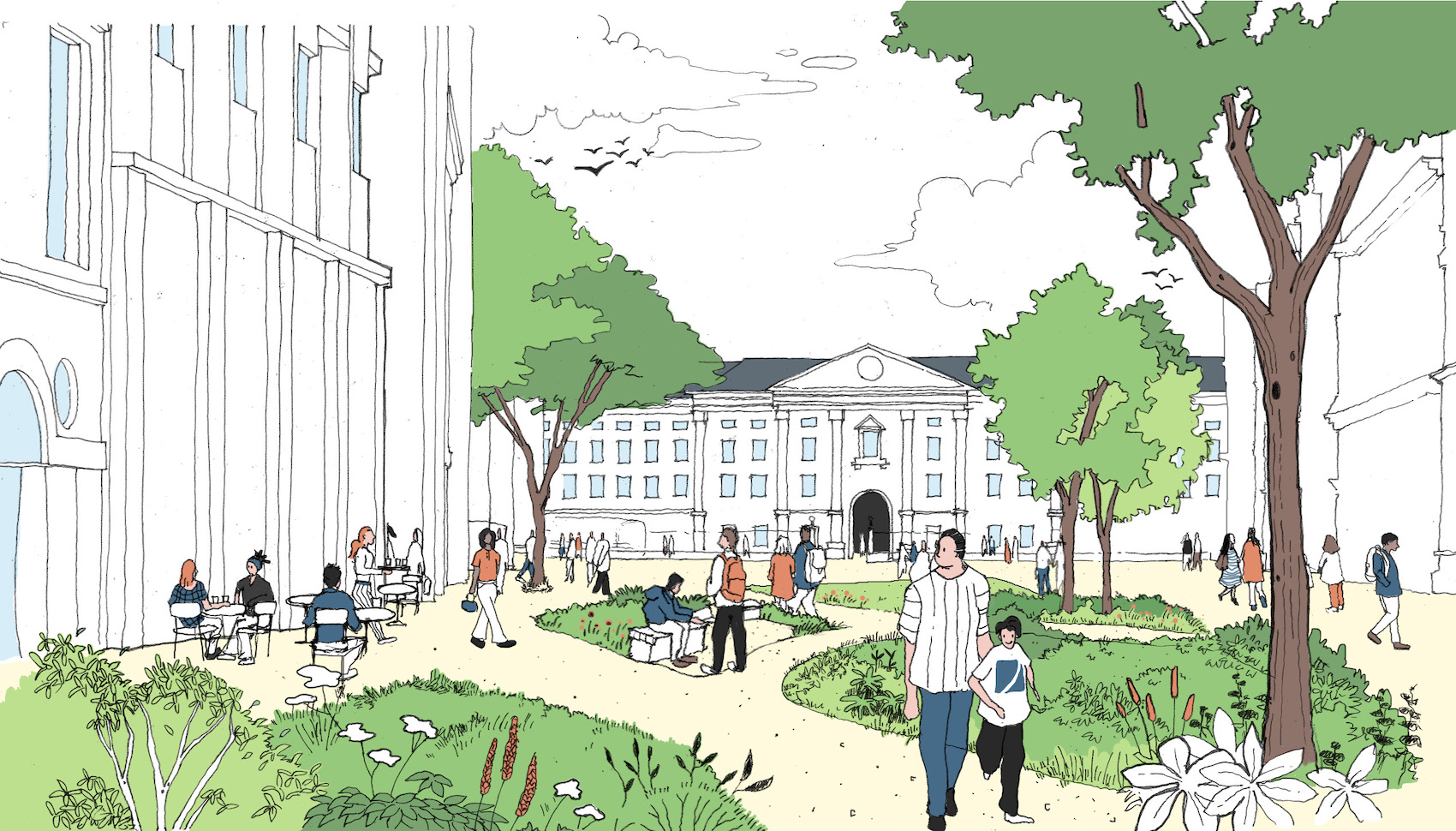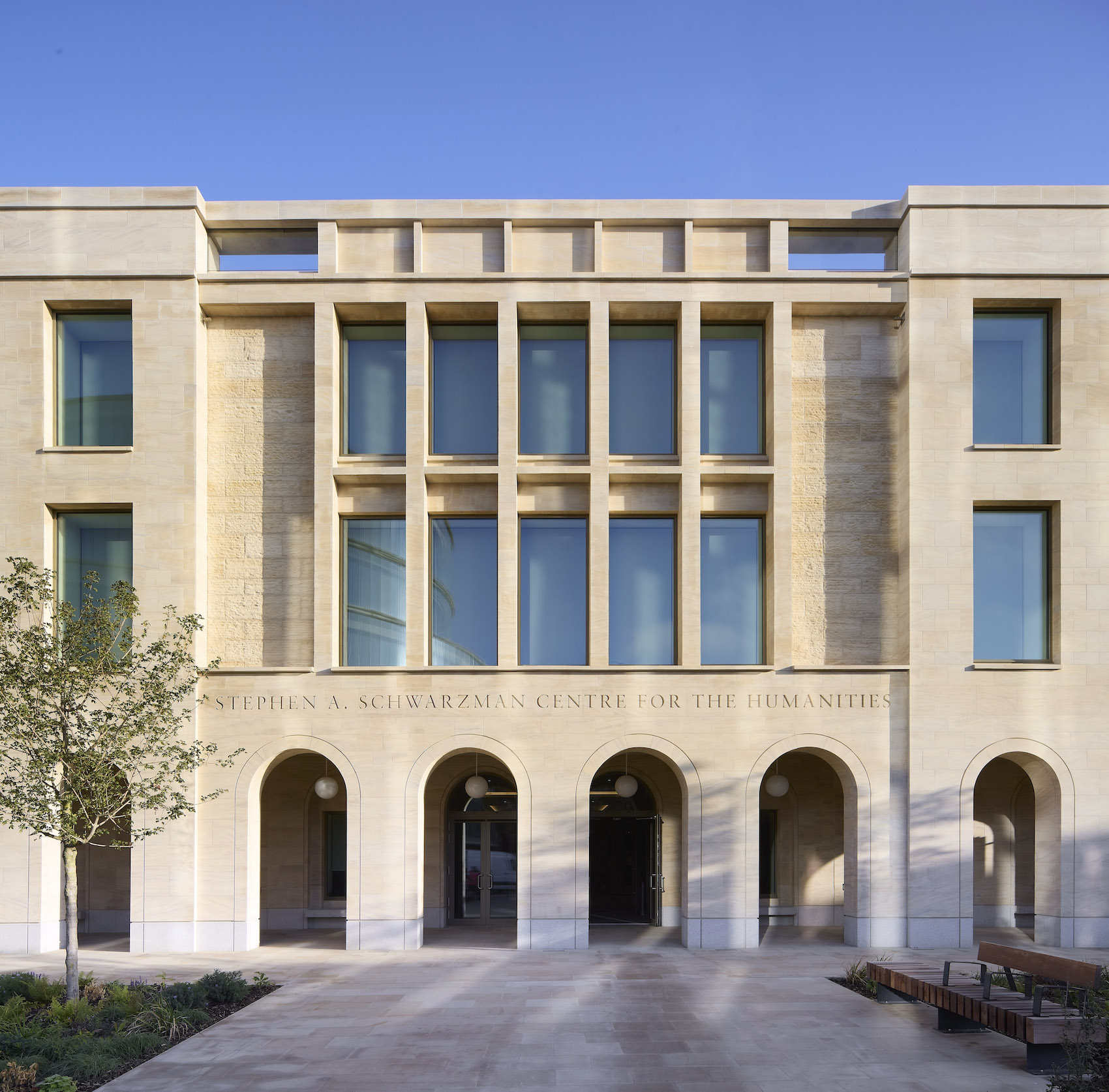John Pardey reflects on Louis Kahn’s Kimbell Art Museum (1972) in Fort Worth, Texas – a building with classical qualities that offers a series of exquisite vaulted galleries and which embodies Kahn’s approach to space and weight in architecture.
(Credit: Kevin Muncie via Wikipedia Commons)
This article is the first in a monthly series of short essays on some of the greatest buildings of the 20th Century. Read John Pardey’s introduction to the series here.
Because of the open porches, how the building is made is completely clear before you go into it. It is the same realisation behind renaissance buildings, which gave the arcade to the street… You know what’s so wonderful about those porches? They’re so unnecessary.”
— Louis Kahn
Modern architecture was generally very mean with space. This seems surprising as the new technologies of cast iron, then steel and concrete, liberated space and allowed for large open plan spaces. But look at any church, cathedral or large building from history and the amount of wasted space was enormous – this was of course due to having to build in heavy materials that caused very thick structures (the piers that support the dome of St Peter’s are some 18 metres across) but then these were often hollowed out to create niches and nooks that could be inhabited – a truly generous use of space.
At the mid-point of the 20th century, it was Louis Kahn who rediscovered the weight of architecture and returned to making space from mass and structure, echoing Michelangelo’s favourite saying from Tuscan masons, that ‘Weight never sleeps’. In 1951, with his modest design for a poolhouse in Trenton, NY, he codified his approach to planning buildings with the idea of served and servant spaces – something he had been thinking about from his studies in Rome. He rediscovered the idea of the ‘room’ – discrete spaces – and so, exactly 100 years after Paxton released architecture from gravity with the Crystal Palace – a structure that soared across the sky to show the world a new conception of space; filigree, diaphanous and almost immaterial – Kahn ended the primacy of the open plan.
Over the next 23 years, Kahn was to establish himself as one of the greats of 20th century architecture, and surely his masterpiece was the Kimbell Art Museum in Fort Worth, Texas completed in 1972, just two years before his death aged 73.
(Credit: Michael Barera via Wikipedia Commons)
Walking up to this building through a grove of Yaupon holly trees (strange in a country where few actually walk, other than to their car door), its presence is profound. Long and low, it presents an empty concrete-vaulted porch that has an implausible span, with only one column at each end of its 100-foot span. It is faced in travertine, so immediately brings Rome to mind. It feels as if it has been there for centuries, if not longer.
Like many of Kahn’s projects, it had a lengthy and far from straightforward gestation, for although Dr. Richard Brown, the Director of the Kimbell Art Museum, had visited the Salk Institute and so approached Kahn, the trustees would only agree to his commission under the condition that he worked with the local firm of Preston M. Geren as associate architect and engineer. The appointment was signed in October 1966 and the basic design approved in November the following year with completion set for September 1969. But by the summer of 1970 Kahn had reached an impasse with Geren. The two firms had very different approaches to practice. Kahn was never concerned about his finances (which were always a mess), and with the fee shared, the more commercial practice was frustrated and tension spilled over into hostility. Kahn’s working method was slow and he continually revised the design to improve it, which caused delays.
With the construction of the vast Dallas/Fort Worth airport about to start on site – which would impact on construction costs in the area – the trustees overruled Brown and Kahn and instructed the associate architect to complete the construction drawings without Kahn’s further input (a situation that sadly still resonates in this country today). It was the Kimbell family who reversed this decision and kept faith in Kahn, so his control over the design was firmly established despite continuing delays and cost increases.
The early plan for the museum was square in plan, single storey and formed by a series of vaulted galleries that had courtyards cut out. The eventual structure was based, like classical buildings, on a consistent mathematical model comprising sixteen cycloid vaults (100 x 20 feet) arranged in parallel.
The museum at dusk. (Credit: Carol M. Highsmith via Wikipedia Commons)
The vaults went through various designs, from flat to angled to vaulted, and eventually a cycloid geometry was adopted (produced by tracing a single point on the circumference of a circle rolled along a straight line of specified length). With Geren lacking expertise in shell construction, Kahn was at this point able to bring his long-term collaborator August Komendant on board as structural engineer. The vaults were to be split open to admit a crack of daylight that was diffused by an aluminium reflector to wash the interiors.
Corbusier had adopted vaulted construction back in 1919 with his design for the Maison Mono project, that harked back to his mentor Auguste Perret. Perret had used thin concrete vaults such as those he had used on his Casablanca dock warehouse, while, with his eye on the future, he also admired the arched roofs of railroad freight and Pullman cars. But vaults were not common in modern architecture, so Kahn’s use of this form across an entire museum was in itself quite innovative – he aspired to an architecture that was ‘timeless but of its time’ and so the building was to echo the architecture of the past. This was also in evidence in his use of over one million pounds (456,000 kilos) of Travertine, imported from Tivoli near Rome, as an infill material for walls, and floors, along with lead for the roofs – materials that evoke ancient structures across the world.
Vincent Scully, writing of Kahn’s work, wondered what other works in modern art have such a curious high-seriousness and a link to the Ideal, writing that, ‘Perhaps only some Russian novels come to mind, the works of Tolstoy most of all, perhaps those of Dostoyevski’. Kahn’s life was almost a plot from such a novel; he died in the men’s room at Penn station after leading a compartmentalised life that yielded not only massive debt, but a wife, two mistresses and three children – two illegitimate, as the recent My Architect film has also poignantly shown.
The building finally opened on October 4th, 1972 – and nearly fifty years on it looks like it has been there for ever.



